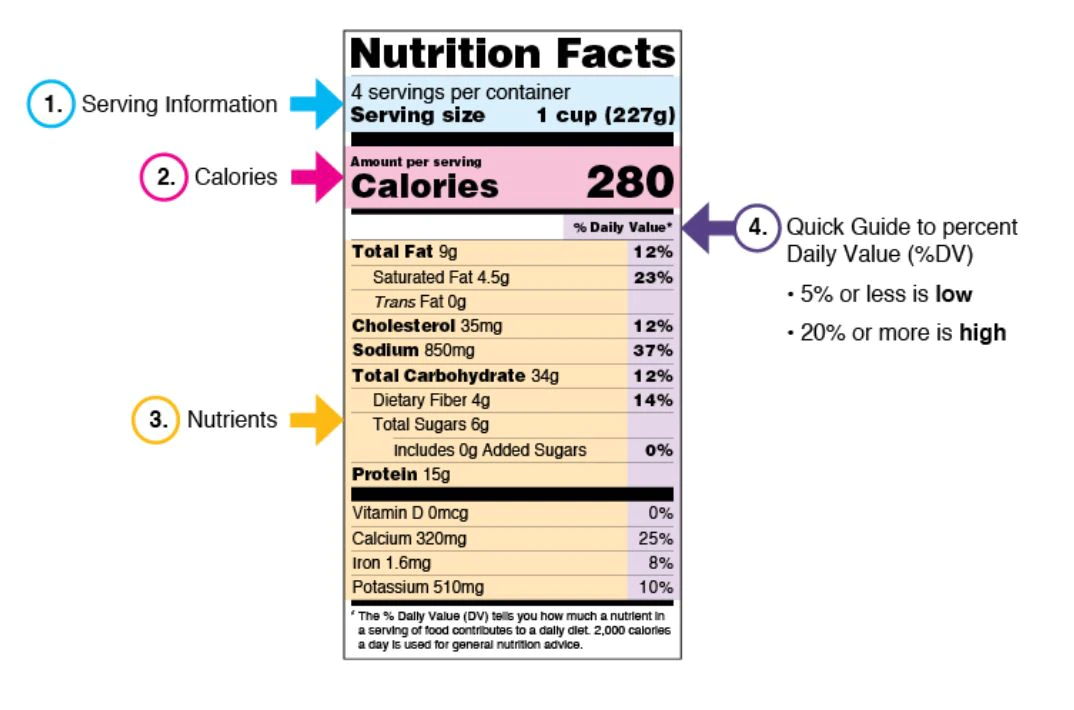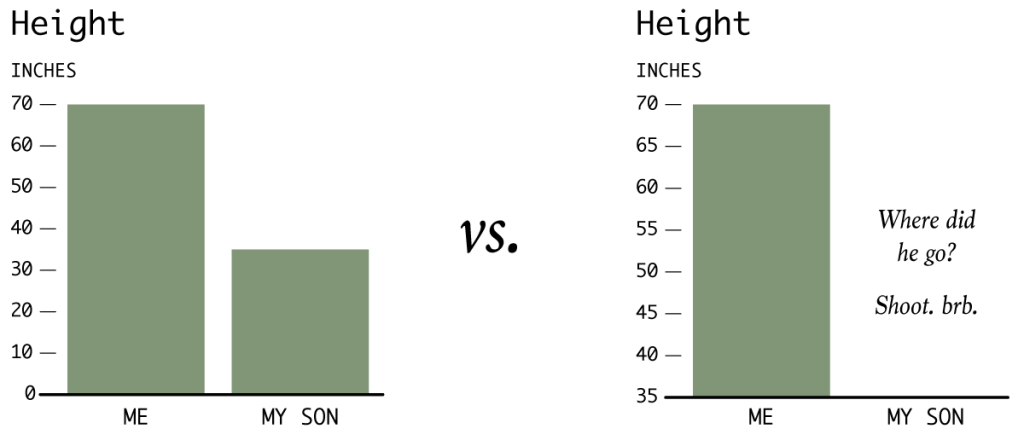In today’s health-conscious world, understanding calories and food units has become more important than ever. Whether you’re counting carbs for diabetes, tracking your weight loss, or simply trying to eat healthier, knowing what a “unit” means in terms of calories can make a big difference. One key point to consider is that units are equal to roughly a quarter of a calorie, which might seem small but plays a critical role in nutrition science.
Understanding Food Units
When it comes to nutrition labels, serving sizes, and dietary guidelines, the term “unit” often appears. But what does it really mean?
A food unit is a standardized measurement used to quantify portions of food or nutrients. It can refer to:
- A serving size, such as one slice of bread or a medium apple.
- A nutrient quantity, like 15 grams of carbohydrates (a common unit for diabetics).
- A volume measure, such as 250 mL of milk or 10 mL of pure alcohol.
- An energy measure, like a calorie or kilojoule.
These units help people make informed decisions about their diets and ensure consistency across food products.
Units Equal to Roughly a Quarter of a Calorie
One of the most interesting aspects of food units is how they relate to energy. Specifically, a unit in this context is often equal to roughly a quarter of a calorie. This concept is particularly relevant when discussing calories and energy content in food.
For example:
– A gram of body fat contains approximately 7.716 calories.
– A unit of body fat would therefore be around 1.93 calories (since 7.716 ÷ 4 = 1.93).
– In other words, one unit is roughly equivalent to 0.25 calories.
This conversion is crucial in fields like nutrition science, fitness, and medical research, where precise energy calculations are necessary.
The Science Behind Calories
To fully understand the relationship between units and calories, it’s important to define both terms.
What Is a Calorie?
A calorie is a unit of energy. In the context of food, we typically use kilocalories (kcal), which is the amount of energy needed to raise the temperature of one kilogram of water by one degree Celsius.
The average person needs about 2,000–2,500 kcal per day, depending on age, gender, and activity level.
What Is a Gram?
A gram is a unit of mass. It is commonly used to measure food items, especially in nutritional contexts. For example, a slice of bread might weigh around 30 grams, while a medium apple could be about 180 grams.
How Units Relate to Daily Caloric Needs

Now that we’ve defined both calories and grams, let’s look at how units come into play in daily nutrition.
- A unit (roughly a quarter of a calorie) may not seem significant, but over time, these small amounts add up.
- For instance, if someone consumes 100 units of energy in a day, that equals 25 calories—which could be part of a larger meal plan.
- In fitness or weight management, even small caloric differences can have a meaningful impact.
This is why many diet plans and fitness apps track calories per unit to help users stay on track with their goals.
Real-World Applications of Units
Understanding units isn’t just theoretical—it has real-world implications for health, safety, and sustainability.
1. Portion Control
Using units helps people control how much they eat. For example:
– A unit of pasta might be 75g.
– A unit of meat could be 100g.
– These measurements prevent overeating and help maintain balanced meals.
2. Nutrition Labels
Food labels often list information per 100g or per serve. Knowing that a unit equals roughly a quarter of a calorie helps consumers compare products more accurately.
3. Medical Contexts
In diabetic diets, a carb unit is 15g of carbohydrates. Since 1g of carbs provides about 4 calories, a carb unit equals 60 calories. That means a unit is roughly 15 calories, which is still about a quarter of a calorie in terms of energy.
4. Weight Management
Fitness professionals often use caloric intake to manage weight. If a person burns 500 calories per day, they can lose about 0.5 pounds per week. Understanding units helps track progress more effectively.
The Future of Food Units
As technology evolves, so do the ways we measure and understand food units.
- Smart devices like smartwatches and fitness trackers now sync with nutrition apps to provide personalized calorie and unit recommendations.
- Lab-grown meats and plant-based alternatives are being measured using new energy and nutrient units to ensure they meet consumer expectations.
- Sustainability efforts are also using carbon units to measure the environmental impact of food production.
Conclusion
In summary, units equal to roughly a quarter of a calorie are a fundamental part of nutrition science and everyday life. Whether you’re following a diet, managing a health condition, or simply trying to eat better, understanding these units can help you make smarter choices.
From portions on a label to medical guidelines, units provide a clear and consistent way to measure food and energy. As we continue to explore new ways to improve our health and sustainability, the importance of these units will only grow.
Stay updated with the latest news on nutrition, health, and food science to make informed decisions every day.
Author Section
Author: Emily Thompson
Title/Role: Nutrition & Health Writer
Credentials: Emily is a certified nutritionist with over a decade of experience in public health and wellness. She specializes in translating complex scientific concepts into accessible, actionable advice for everyday readers.
Profile Link: Emily Thompson Profile
Sources
Internal Links
Featured Snippet
What is a unit in terms of calories?
A unit is equal to roughly a quarter of a calorie. This measurement is commonly used in nutrition science, medical contexts, and fitness to track energy intake and manage health conditions.
Call to Action
Stay updated with the latest news on nutrition, health, and food science to make informed decisions every day.
URL Slug
us-trending-news-calorie-units













More Stories
What Is Yodo Para Tiroides and How Does It Affect Thyroid Health?
How to Claim Your Joy in League of Legends: A Step-by-Step Guide
What is WSET? A Comprehensive Guide to Wine Education